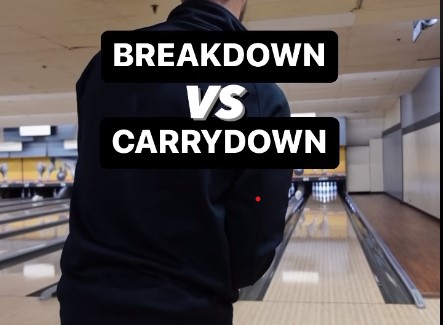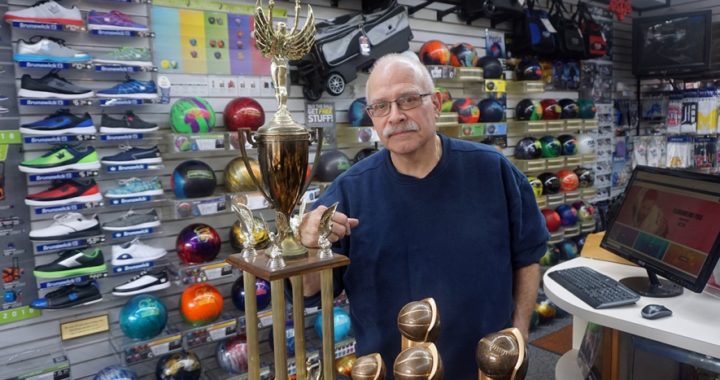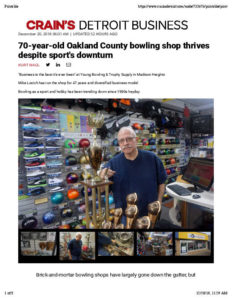Breakdown vs. Carrydown
Transition consists of a combination of oil breakdown and oil carrydown. The relative amounts of breakdown and carrydown will vary, due mostly to the size and characteristics of the field, the lines being played, and the type of equipment being used.
Breakdown is the oil being removed from the lane. This happens most with sanded, high-flaring reactive resin balls that pull the oil off the lane with each shot. Expect to move inside quickly or change to weaker equipment when many of these balls are in play, particularly when the field’s rev rate is high.
Carrydown is the oil being dragged downlane by the bowling ball as it exits the oil pattern. This happens most with low-flaring, less absorbent balls such as polyester or urethane, but reactive resin balls can also create carrydown. Expect the lanes to get tighter downlane in a field with lots of urethane in play, or in a field with more low rev rate bowlers.
Courtesy of “Bowling this Month“








